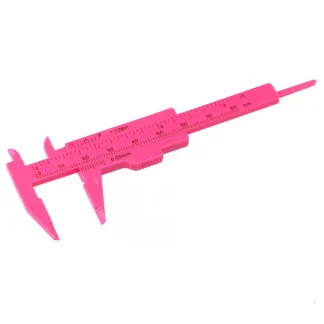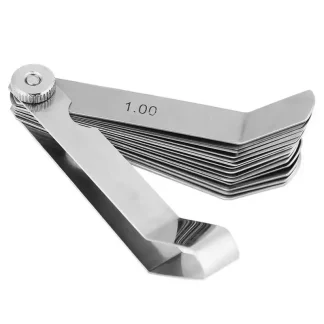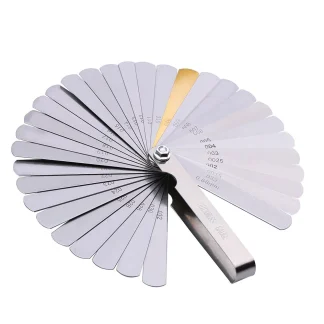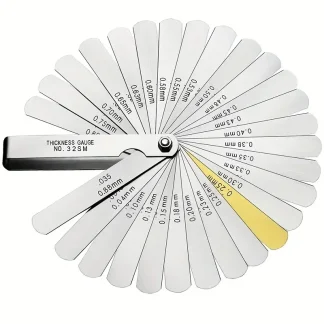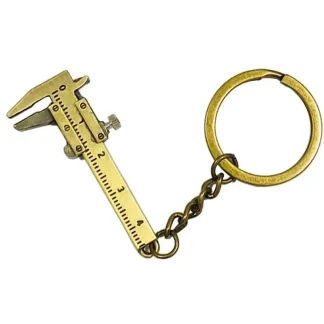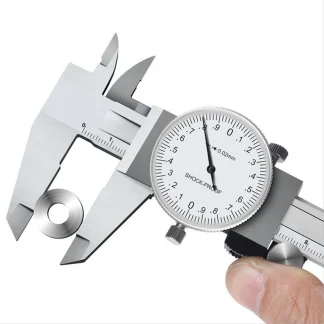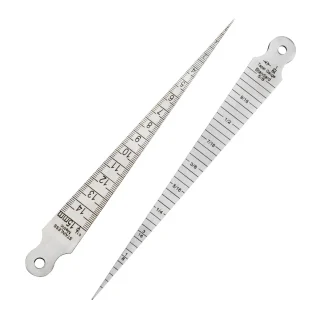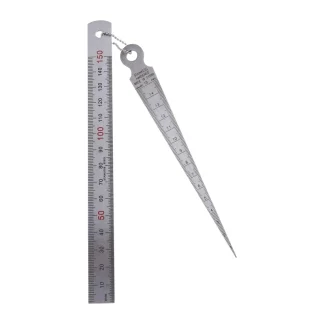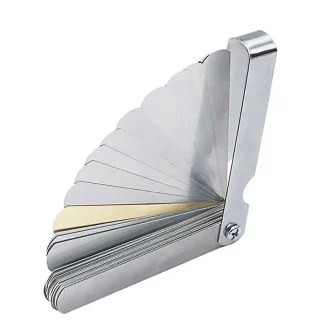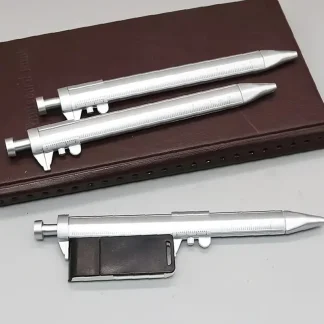Precision and Artistry: The Significance of Calipers
Explore the world of calipers, where precision engineering meets artistic craftsmanship. Designed for accurate measurements in various fields, these tools symbolize the fusion of functionality and aesthetic appeal. Whether you’re an engineer, architect, or hobbyist, these products are an essential item that embodies accuracy and elegance in design.
The Evolution of Calipers: From Ancient Tools to Modern Instruments
These items have a fascinating history that dates back thousands of years, evolving from rudimentary measuring devices to sophisticated instruments. The earliest forms of these items appeared in ancient civilizations, where they were used for measuring lengths and diameters of objects. These simple item, often made of wood or metal, laid the groundwork for the advanced designs we see today.
During the Renaissance, calipers began to incorporate more intricate designs, reflecting the era's spirit of innovation and scientific inquiry. Craftsmen and engineers developed more precise tools, introducing sliding item that allowed for more accurate measurements. This period marked a significant turning point, these product transitioned from basic measuring devices to essential items in various trades, including woodworking, metalworking, and engineering.
The Industrial Revolution further accelerated the evolution of these items, with advancements in manufacturing processes leading to increased accuracy and reliability. The introduction of standardized measurements allowed theres items to become integral in quality control across industries. Today, these items are available in digital and analog forms, showcasing a blend of traditional craftsmanship and modern technology, ensuring precision in measurement like never before.
The Cultural Significance of Calipers
Calipers hold cultural significance as symbols of craftsmanship, precision, and the pursuit of knowledge. In many cultures, the ability to measure accurately is highly valued, reflecting a deep respect for the skills involved in engineering, architecture, and craftsmanship.
In Western cultures, these products are often associated with scientific advancement and industrial innovation. They are seen as vital tools in the fields of engineering and manufacturing, representing a commitment to precision and quality. A well-crafted item serves not only as a practical instrument but also as a statement of professionalism and expertise.
Calipers also play a role in education, symbolizing the importance of measurement and mathematics in scientific exploration. They are often used in educational settings to teach students the fundamentals of precision measurement, fostering an appreciation for accuracy and detail in various disciplines.
The Design and Features of Calipers
These products are known for their distinctive design and functional features. The primary types of these items include vernier, dial, and digital pieces, each offering unique advantages. Common characteristics include graduated scales for precise measurements, jaws for gripping, and locking mechanisms to secure readings.
Traditional vernier calipers emphasize simplicity and durability, providing reliable measurements without the need for batteries. These classic tools often feature a smooth sliding mechanism, allowing for seamless adjustments and accurate readings. Their straightforward design highlights the beauty of engineering and craftsmanship.
Modern digital pieces, on the other hand, incorporate advanced technology, offering features such as instant reading displays and the ability to switch between measurement systems. These innovations cater to contemporary needs, providing ease of use and enhanced accuracy, making them a favorite among professionals and hobbyists alike.
Innovations in Caliper Design
Recent innovations in caliper design have introduced exciting possibilities for enhancing both functionality and user experience. Advances include ergonomic designs for improved comfort during use, as well as materials that enhance durability and resistance to wear. These innovations aim to cater to the diverse needs of users, ensuring these items are accessible and effective items for everyone.
Customization has also become increasingly popular, with options for personalized engravings and unique finishes. This trend ensures that each product is not just a tool but also a reflection of the user's style and preferences, offering a personalized touch to an essential instrument.
Additionally, the integration of smart technology has emerged as a growing trend, with some calipers now featuring Bluetooth connectivity for easy data transfer and analysis. This innovation allows users to seamlessly integrate their measurements with digital devices, enhancing productivity and precision in various applications.
The Future of Calipers
The future of these items promises continued innovation, with a focus on enhancing usability, accuracy, and personalization. Designers are exploring new materials and technologies to improve the functionality and aesthetic appeal of these products, ensuring they meet the evolving needs of users across different industries.
Customization will remain a key trend, allowing users to create calipers that reflect their unique style and requirements. This reflects a growing desire for personalized tools that not only perform exceptionally but also resonate with the individual's personality and preferences.
As technology advances, these items will likely incorporate even more sophisticated features while maintaining their core functions. The emphasis on precision, practicality, and individual expression will ensure that these pieces continue to be valued tools for professionals and enthusiasts alike.
Choosing the Perfect Caliper
Selecting the ideal caliper involves considering factors such as the type of measurements you frequently perform, desired features, and personal style. For intricate work, opt for a digital item with advanced features for greater accuracy. If you appreciate traditional craftsmanship, these items may be the perfect choice for you.
The design and aesthetics of these items should complement your existing toolkit and personal taste. Whether you prefer a classic look or modern sophistication, these items can enhance both your measurement capabilities and the overall experience of using precision tools.
Confidence in your choice will elevate your enjoyment and effectiveness when using calipers, ensuring they serve as both practical instruments and stylish additions to your toolkit. Embrace the precision and artistry of these items, and discover how they can enhance your work and hobbies, adding a touch of sophistication and reliability.
Conclusion: The Enduring Appeal of Calipers
These products represent the perfect blend of precision and artistry, offering essential solutions for accurate measurements across various fields. Their evolution from basic measuring tools to sophisticated instruments underscores their lasting appeal and significance in the realms of engineering, design, and craftsmanship.
By understanding their history, design features, and future trends, you can appreciate calipers as more than just tools—they are symbols of accuracy, skill, and personal expression. Explore the world of these items and find the perfect addition to your toolkit, reflecting both precision and individuality.
Whether for professional use or as a thoughtful gift, a well-designed item offers unparalleled functionality and style, ensuring that your measurements are executed with the utmost care and accuracy. Embrace the timeless allure of these items and make them a cherished part of your journey in craftsmanship and engineering.
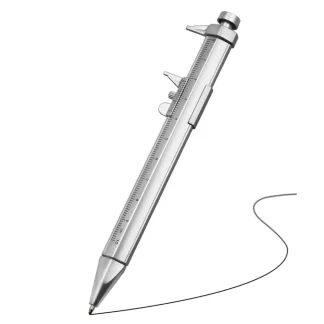 + 5
+ 5